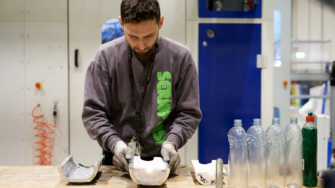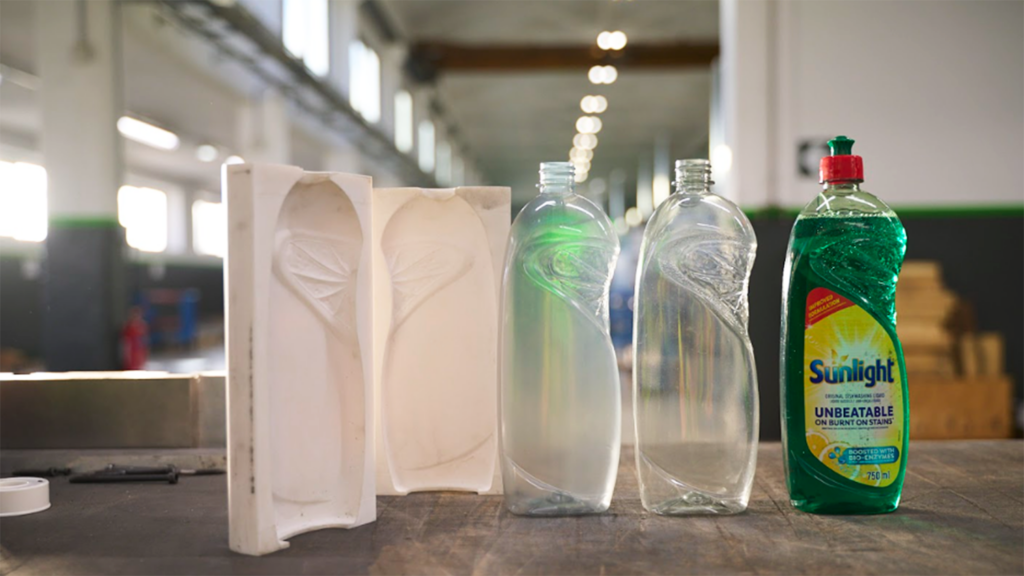 By 3D printing tooling for blow moulds using Formlabs SLA 3D printers and Rigid 10K Resin, Unilever has reduced the production time and cost of creating plastic packaging.
By 3D printing tooling for blow moulds using Formlabs SLA 3D printers and Rigid 10K Resin, Unilever has reduced the production time and cost of creating plastic packaging.
Previously, Unilever says that the design process for a simple plastic bottle took months, making it a challenge to put products on the market before competitors.
Plastic products such as food containers and cosmetic packaging are most commonly produced with blow moulding, which works by inflating a heated plastic tube inside a mould until it forms the desired shape.
Serioplast, a global producer of plastic packaging and one of Unilever’s major partners, typically 3D printed mockups for prototypes, but did not 3D print products themselves, as the materials were not considered reliable enough to be sent to be customers.
“We have to wait six to 12 weeks before we can give a client the real sample, so we’re wasting so many weeks just to try a new bottle design,” said Serioplast R&D design manager Flavio Migliarelli.
Looking at the Unilever packaging designs, engineers at Formlabs identified Rigid 10K Resin as its recommended material for blow moulding as it ‘combines strength, stiffness and thermal resistance’ due to its glass-filled properties that allow for a heat deflection of 218°C @ 0.45 MPa and a tensile modulus of 10,000 MPa, ensuring good dimensional stability and suitability for hundreds of blow moulding cycles.
By using Rigid 10K Resin, Serioplast created precise moulds capable of integrating fine features including holes as small as 0.5mm.
With SLA 3D printing, a mould can be built in 2 days, which reduces the lead time to start pilot testing, and achieves parts that are very close to production quality. “With the 3D printed mould, we can save up to 70% time and 90% cost compared to the standard mould,” concluded Migliarelli.






